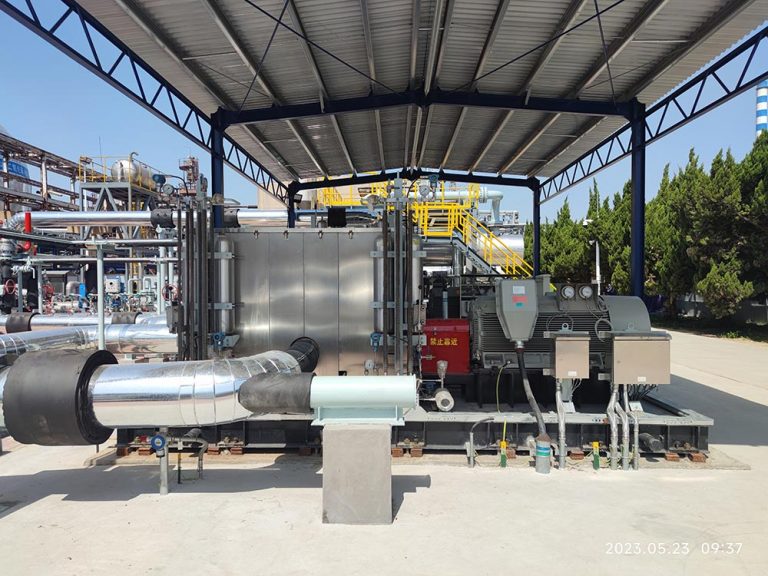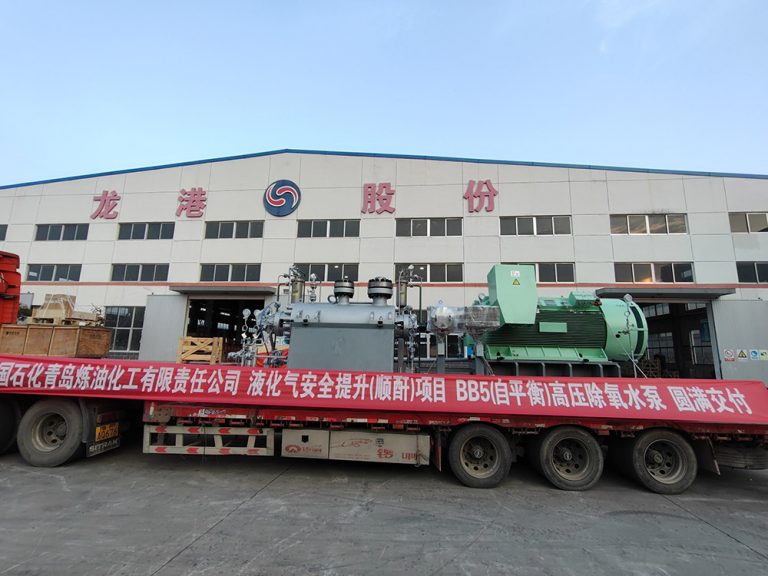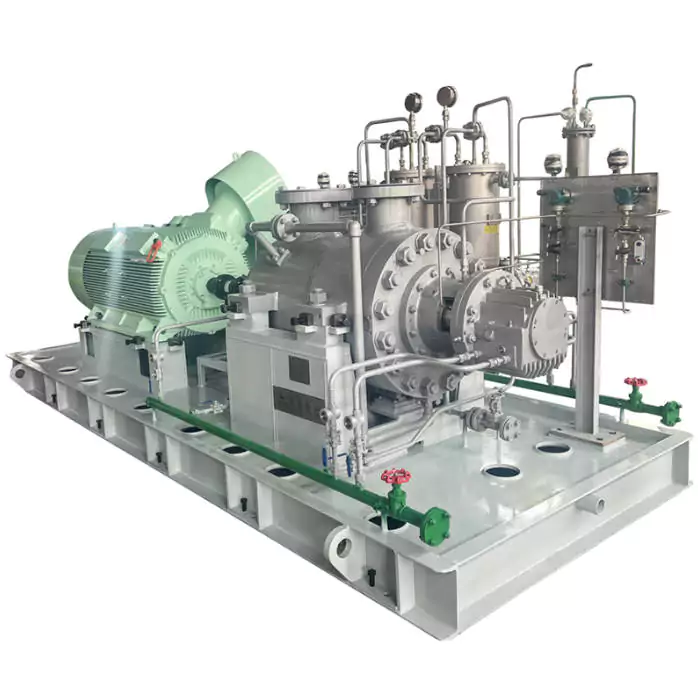Understanding the Basics of Centrifugal Pumps
Principles of Operation
A centrifugal pump functions by utilizing the principles of centrifugal force. As the fluid enters the pump’s impeller, either along or close to the rotating axis, it is accelerated by the impeller and directed radially outward into a diffuser or volute chamber. The rotation generates centrifugal force, which increases the fluid’s velocity. This kinetic energy is subsequently transformed into pressure, enabling the pump to efficiently move fluids.
Key Components and Their Functions
The main components of a centrifugal pump include the impeller, casing, shaft, bearings, and sealing mechanism. The impeller is a rotating component that applies the dynamic force to the fluid. The casing, typically a volute shape, collects the fluid discharged by the impeller and converts velocity into pressure. The shaft connects the impeller to the motor. Bearings support the shaft and reduce friction. Seals prevent leaks from where the shaft protrudes out of the casing.
Factors Influencing Flow Rates and Pressures
The Role of Impeller Design
The design of the impeller plays a crucial role in determining the flow rate and pressure. Different impeller designs such as radial, axial, and mixed flow types can enhance specific performance characteristics. For instance, radial impellers are known for generating high pressure but lower flow rates, while axial impellers are more suitable for high flow, low pressure applications. The number of blades, their shape, and the impeller’s diameter also significantly influence the pump’s efficiency.
Impact of Pump Speed on Performance
The speed at which a centrifugal pump operates is pivotal to managing both flow rates and pressures. An increase in speed will generally increase both the flow rate and pressure. Conversely, a reduction in pump speed will decrease these parameters. This relationship is due to the affinity laws, which describe how pump capacity, head, and power change with alterations in speed. Adjusting the rotational speed of the pump is a practical method to tailor its performance to meet varying operational demands.
Effects of Fluid Properties
The characteristics of the fluid being pumped significantly influence a centrifugal pump’s performance. Factors such as viscosity, density, and temperature can change the pump’s operational dynamics. Fluids with high viscosity demand more energy to move, often leading to decreased flow rates. Higher density fluids apply greater pressure, which impacts both performance and energy usage. Temperature variations can modify the fluid’s viscosity and density, thereby affecting the overall efficiency of the system. Consequently, understanding these fluid properties is crucial for optimizing pump operation across various applications.
In the discourse of industrial pumping systems, particularly within the chemical processing sector, it is imperative to discern the differences between centrifugal pumps and positive displacement pumps. As a chemistry professor, I find it essential to elucidate these distinctions to my students, especially when introducing the exemplary work of Yantai Longgang Pump Industry Co., Ltd.
Centrifugal pumps, such as those manufactured by Yantai Longgang, operate on the principle of imparting velocity to the fluid, which is then converted into flow. These pumps are characterized by a rotating impeller within a casing, which accelerates the fluid outward from the pump’s center to its periphery, and then into the discharge piping system. The flow rate of these pumps is influenced by the system pressure, making them particularly suitable for applications where a variable flow is required.
Yantai Longgang Pump Industry Co., Ltd. specializes in the production of centrifugal pumps that adhere to the rigorous API 610 standard, ensuring their suitability for high-pressure, high-temperature applications often encountered in chemical processing. The company’s centrifugal pumps are designed to handle a variety of chemical substances with efficiency and reliability, while also providing the flexibility needed to adapt to changing system conditions.
Techniques for Managing Varying Flow Rates and Pressures
Using Variable Frequency Drives (VFDs)
Benefits of VFDs
Variable Frequency Drives (VFDs) are beneficial for managing varying flow rates and pressures in centrifugal pumps. VFDs control the speed of the pump motor, allowing for real-time adjustments that match the exact needs of the system. This not only optimizes performance but also leads to significant energy savings. Additionally, VFDs can prolong the lifespan of the pump by reducing mechanical stress through smooth ramping of motor speeds.
Application Scenarios
VFDs are especially useful in applications where demand fluctuates, such as water supply systems, HVAC systems, and industrial processes. For instance, during periods of low demand, a VFD can reduce the pump speed to save energy, and during peak demand, it can increase the speed to ensure adequate fluid supply. The flexibility and efficiency provided by VFDs make them a versatile solution for managing the dynamic requirements of many systems.
Implementing Control Valves
Types of Control Valves
Control valves are another method used to manage flow rates and pressures in a centrifugal pump system. There are several types of control valves, including gate valves, globe valves, and butterfly valves. Gate valves are typically used for on/off control, whereas globe valves provide more precise flow regulation. Butterfly valves are known for their relatively low cost and compact size, suitable for applications requiring a large volume flow.
Common Applications
Control valves are used in a wide range of applications, from residential water systems to large-scale industrial processes. These valves are often utilized in scenarios that require modulation of flow rather than a complete shutoff. For instance, in chemical manufacturing plants, control valves can fine-tune flow rates to ensure accurate chemical reactions. In water treatment facilities, they assist in managing fluctuating inflow and outflow rates to maintain system equilibrium.
In conclusion, managing varying flow rates and pressures in centrifugal pumps involves understanding the principles of operation, the design of the impeller, the speed of the pump, and the properties of the fluid. Various techniques, such as using Variable Frequency Drives and implementing control valves, offer effective solutions to align pump performance with operational demands. By leveraging these strategies, users can achieve higher efficiency, energy savings, and prolonged equipment lifespan.

Advanced Methods for Efficient Pump Operation
Automated Control Systems
Automated control systems play a pivotal role in enhancing the efficiency and reliability of centrifugal pumps. These systems leverage advanced technologies to monitor pump performance continuously, making real-time adjustments that optimize operation and conserve energy.
Integration with Sensors and Data Analysis
One of the key aspects of automated control systems is the integration of various sensors that capture vital data such as pressure, temperature, flow rate, and vibration. These sensors feed data into a central control unit, which utilizes data analysis algorithms to predict the optimal operating conditions. By continuously analyzing this data, the control system can adjust the speed of the centrifugal pump, modify the impeller settings, or activate/deactivate auxiliary components to ensure the pump operates at peak efficiency. This proactive approach minimizes downtime and enhances the longevity of the equipment.
Maintenance Best Practices
Proper maintenance of centrifugal pumps is essential to guarantee their sustained performance and dependability. Adopting optimal maintenance practices can mitigate frequent problems and extend the equipment’s operational life.
Regular Inspection Procedures
Conducting regular inspections is fundamental to effective pump maintenance. This involves periodic examination of the pump’s key components, such as the impeller, seals, bearings, and casing, to identify wear and tear or potential faults. Inspectors should look for signs of corrosion, leakage, unusual noises, and vibration. Early detection of these issues allows for timely interventions that can prevent costly repairs or catastrophic failures. Moreover, regular inspections ensure that the pump operates within its design parameters, thereby optimizing efficiency and performance.
Troubleshooting Common Issues
Common issues in centrifugal pumps include cavitation, overheating, and bearing failures. Troubleshooting these problems requires a systematic approach. For instance, cavitation, which is caused by low pressure at the pump’s inlet, can be mitigated by adjusting the pump speed, improving the suction piping, or maintaining the correct fluid viscosity. Overheating often results from inadequate lubrication or blockage in the coolant flow, requiring regular inspection and cleaning of the cooling system. Bearing failures necessitate routine lubrication and alignment checks. By addressing these issues promptly, operators can maintain the efficiency and reliability of the pump.
Real-World Applications and Industry Use Cases
Industrial Machinery
Centrifugal pumps are extensively used in industrial machinery due to their ability to handle large volumes of fluid and provide consistent pressure. They are integral to systems such as cooling circuits, lubrication systems, and hydraulic processes. In industrial applications, these pumps help regulate temperature, ensure fluid circulation, and facilitate machine lubrication, thereby enhancing the overall efficiency and productivity of industrial operations.
Water Supply Systems
In water supply systems, centrifugal pumps play a vital role in moving water from reservoirs to distributors and finally to consumers. They are used in municipal water supply networks, irrigation systems, and wastewater treatment facilities. Their capacity to effectively handle varying flow rates and pressures makes them perfect for these applications. By utilizing techniques such as Variable Frequency Drives and automated control systems, water supply operators can maintain consistent water pressure, cut down on energy consumption, and lower operational costs.
Chemical Processing Plants
Chemical processing plants rely heavily on centrifugal pumps to handle the transfer of various chemicals, ranging from acids and alkalis to solvents and slurries. The pumps are designed to handle aggressive fluids, maintain precise flow rates, and operate under high-pressure conditions. In these settings, maintaining the integrity of the pump is critical, as any leakage or failure can lead to hazardous situations. Implementing regular maintenance practices and utilizing automated control systems can significantly enhance the safety and efficiency of chemical processing operations.
Final Thoughts on Optimizing Centrifugal Pump Performance
Optimizing the performance of centrifugal pumps involves a multifaceted approach that includes understanding fundamental operational principles, adopting advanced technologies, and implementing robust maintenance practices. Using Variable Frequency Drives, automated control systems, and control valves can significantly enhance the efficiency and reliability of these pumps, allowing them to handle varying flow rates and pressures effectively.
By integrating sensors and employing data analysis in automated control systems, operators can achieve real-time optimization and predictive maintenance, thus reducing downtime and extending the equipment’s lifespan. Regular inspections and systematic troubleshooting ensure that the pumps remain in optimal working condition, fostering enhanced performance across various applications, including industrial machinery, water supply systems, and chemical processing plants.
By employing these advanced techniques and adhering to best practices, industries can enhance operational efficiency, reduce costs, and promote sustainability. This ensures that centrifugal pumps remain pivotal in fluid management and industrial processes across the globe.








